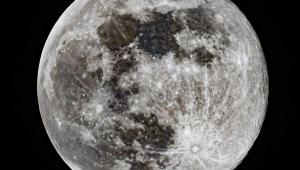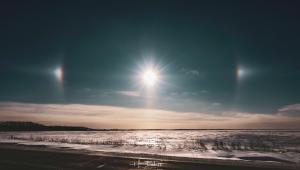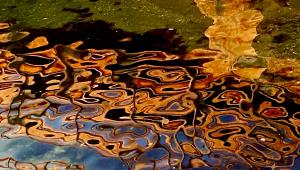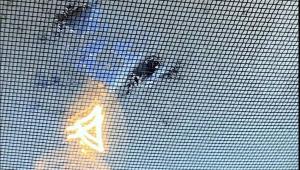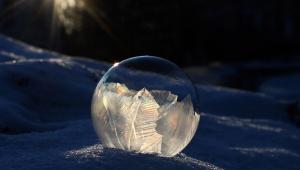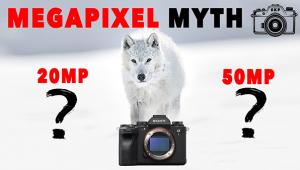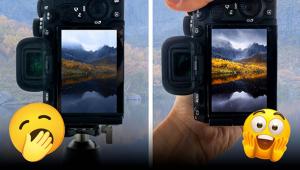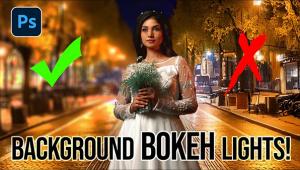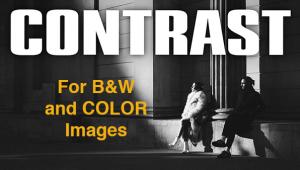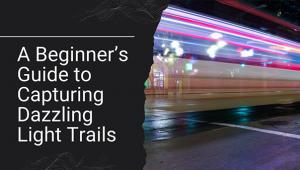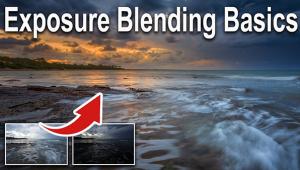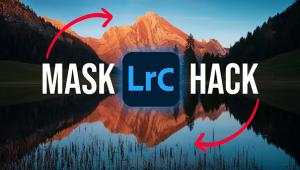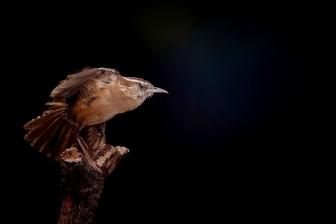Digital Help
Q&A For Digital Photography
| This department will attempt to provide solutions to problems readers may have getting into and using digital cameras, scanning, and using digital photographic images with a computer and different kinds of software. All questions sent to me will be answered with the most appropriate information I can access and provide. However, not all questions and answers will appear in this department. Readers can send questions to me addressed to Shutterbug magazine, through the Shutterbug web site, directly via e-mail to: editorial@shutterbug.net or fotografx@mindspring.com or by US Mail to: PO Box 2830, Lompoc, CA 93438. The Limits Of Enlargement
By Interpolation A. Yes, Genuine Fractals does a good job. But, the limit is that it cannot add any information that is lacking in the low-resolution original. No one notices that because they never see a comparison between the Genuine Fractals image and one made of the same scene captured at a high resolution. If you did, then Genuine Fractals would not look so good. There is a lot of difference in how much image information is in a 9MB image file and a 60MB image file. Color Correction &
Color Management Applies To Digital Camera Images, Too A.
There could be a number of reasons why you are not obtaining the contrast
and saturation in your prints. First of all, if the image on your computer's
screen in Photoshop looks the way you would like a print to appear, then
it is likely what you are seeing on screen does not accurately represent
what is in the image file in terms of contrast and saturation. This could
be due to working with a computer that is not set up to support color
management, and would be indicative of a monitor that is not calibrated
or profiled. This problem could be contributed further if your Photoshop
setup in Preferences does not enable color management. Scanning Panoramic
Format Film A. Most scanners do not provide film holders for unusual sizes like 6x12 and 6x17cm film. I have many images that I have scanned from 6x12cm film images. I have made my own frame-type film holders to do this out of either thick, stiff plastic or compressed, heavy card stock. The thickness of this material should be as close as possible to the thickness of the Epson film holder where it supports the film above the scanner's glass scan surface. I have found materials that work quite well in office supply stores by selecting things like dividers for file cabinets and covers for reports and adapting them to my use. When I have found the material that will do the job, preferably in black, I then use an Exacto knife and steel ruler to cut the outer and inner perimeters of the frame. To mount a film image on the frame I use repositionable Scotch tape at the edges of the film to hold it securely to the frame I ave made. Consistent Printer
Performance A. We have a similarly dry climate here in California much of the year. Two things will help: 1) Never leave your printer turned on when not actually in use--this will keep air from getting at the print head and reduce any drying out. 2) Avoid letting your printer sit even turned off for extended periods of time (days). If a printer is used every day it is less likely to perform inconsistently. A copy of the print test image is attached to this e-mail reply. Two Scanners Better
Than One? A. The Epson Perfection 2450 Photo scanner has been replaced by the new Epson Perfection 3200 PHOTO and PRO. I have one of the PRO models and tested it for a report in this issue. This new scanner is just now becoming available through sources like B&H. Besides an 800dpi increase in resolution, this new 3200 PRO comes with a generous software bundle including the full LaserSoft SilverFast Ai 6.0 software I just reported on recently in Shutterbug. If you do not want to spend the money on the Microtek ArtixScan 4000tf, I would suggest considering the Canon or Minolta 35mm scanners at more affordable prices. As far as I know every published photo today is scanned and digitized for CMYK conversion to go to an offset press. The making and use of separation negatives on film was abandoned in the publishing industry some years ago. Which Mac G4 Model
For A Digital Darkroom Black And White Film
Scanning A. The "poor job" you referred to regarding the scanning of black and white has not been a physical fault of the scanners but due to the fact little development has been done until recently in scanner driver software that adequately supports black and white silver-based film scanning. That is why I wrote an article on black and white scanning that was published in Shutterbug some issues back. A more recent article reviewed the Microtek ArtixScan 4000tf and LaserSoft SilverFast Ai 6.0, which has very improved black and white film scanning support. Since that review was published I acquired a 4000tf with SilverFast 6.0 for my own use, which includes about 75 percent scanning black and white, and am quite satisfied with the performance. I believe you would be able to access both of the mentioned articles on our web site at www.shutterbug.net. |
- Log in or register to post comments


